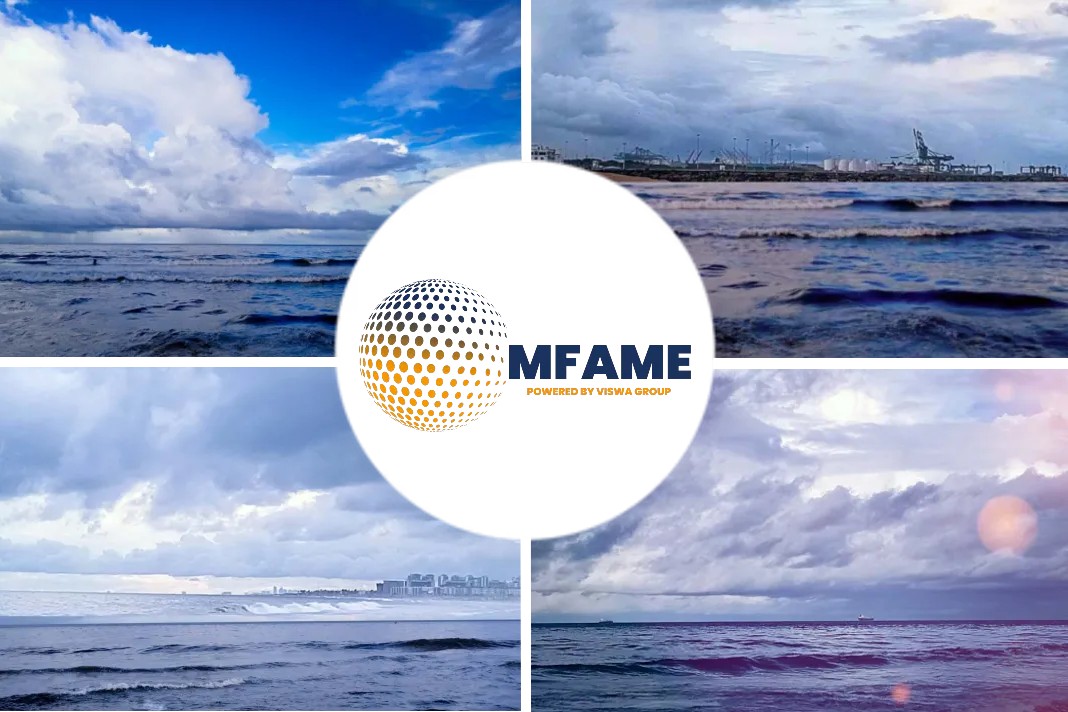
In the ever-evolving world of container shipping, decisions regarding vessel size, fuel choices, and market capacity are shaping the industry’s trajectory. The Loadstar source.
- Container lines are considering new tonnage, risking overcapacity in the market.
- Container ship orders are shifting towards more flexible vessel sizes, moving away from mega-ships.
- Methanol emerges as a preferred fuel choice, while concerns of overcapacity loom large in the industry.
The Perilous Pursuit
In an industry already awash with oversupply, major container lines seem poised to compound the issue by considering additional vessel orders. As the gains from recent Freight All Kinds (FAK) rate increases dwindle and rates continue to fall, a potentially risky trend is emerging.
Vessel Size Shift
Traditionally inclined towards massive 22,000-24,000 teu+ behemoths, container carriers are showing signs of pivoting toward more versatile tonnage. Industry insiders suggest that the majority of recent orders fall within the 12,000 to 16,000 teu range, signaling a shift in the approach to fleet expansion.
Methanol Emerges as a Fuel of Choice
While the container shipping world grapples with oversupply, it’s noteworthy that Evergreen, a staunch advocate of ‘bigger-is-better,’ opted for a fleet of 24 methanol-fueled 16,000 teu containerships in its recent order. This move raises questions about the preferred propulsion systems in an era of environmental consciousness.
A Looming Overcapacity Crisis
The surge in vessel orders in an already saturated market, coupled with the imminent arrival of more massive container ships, raises concerns about the potential for a systemic overcapacity crisis—a haunting echo of the 2008 financial crash. Additionally, the industry’s increasing interest in methanol-powered vessels suggests that significant capacity reductions through scrapping could be in store.
Did you subscribe to our daily newsletter?
It’s Free! Click here to Subscribe!
Source-loadstar























